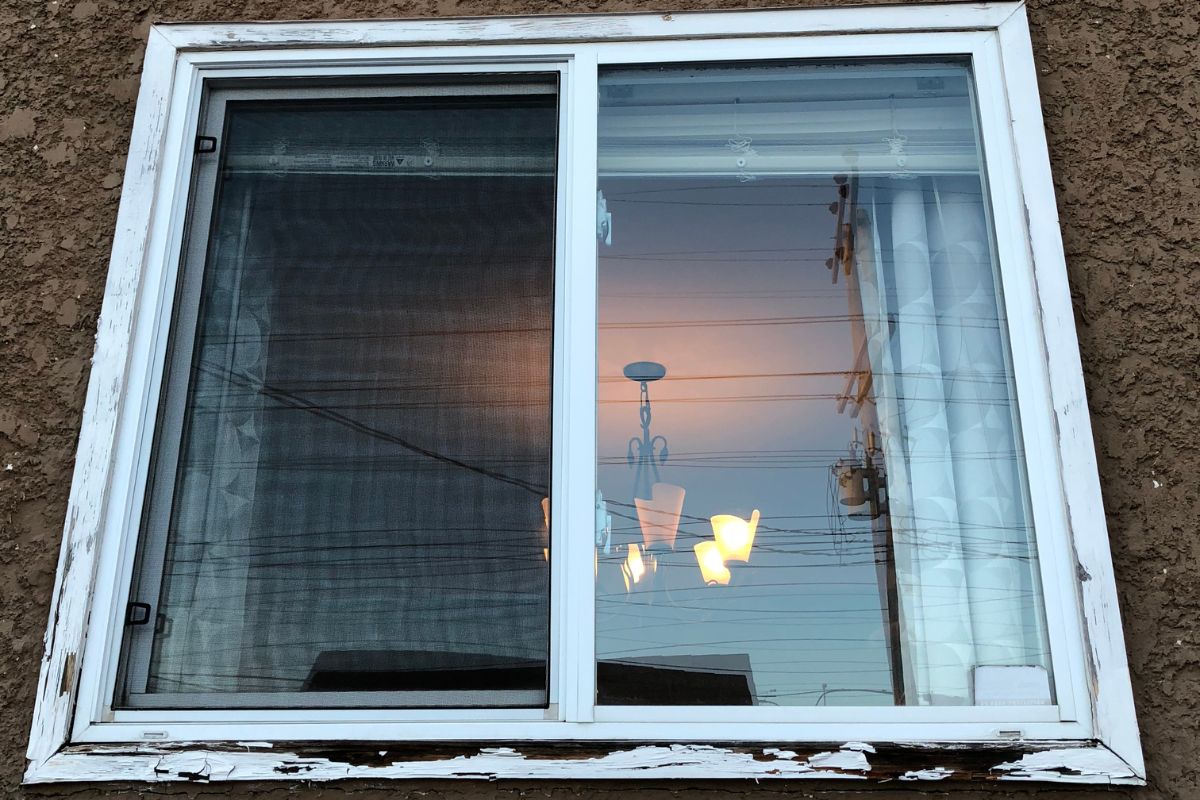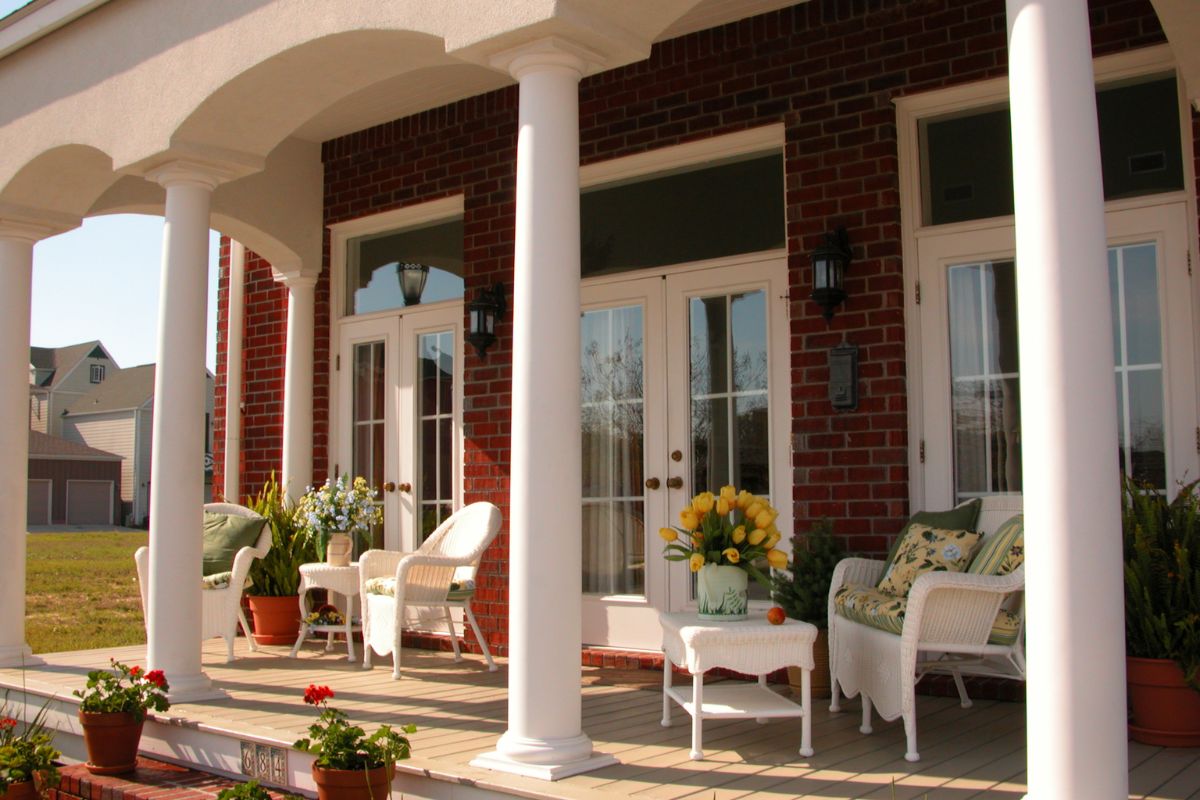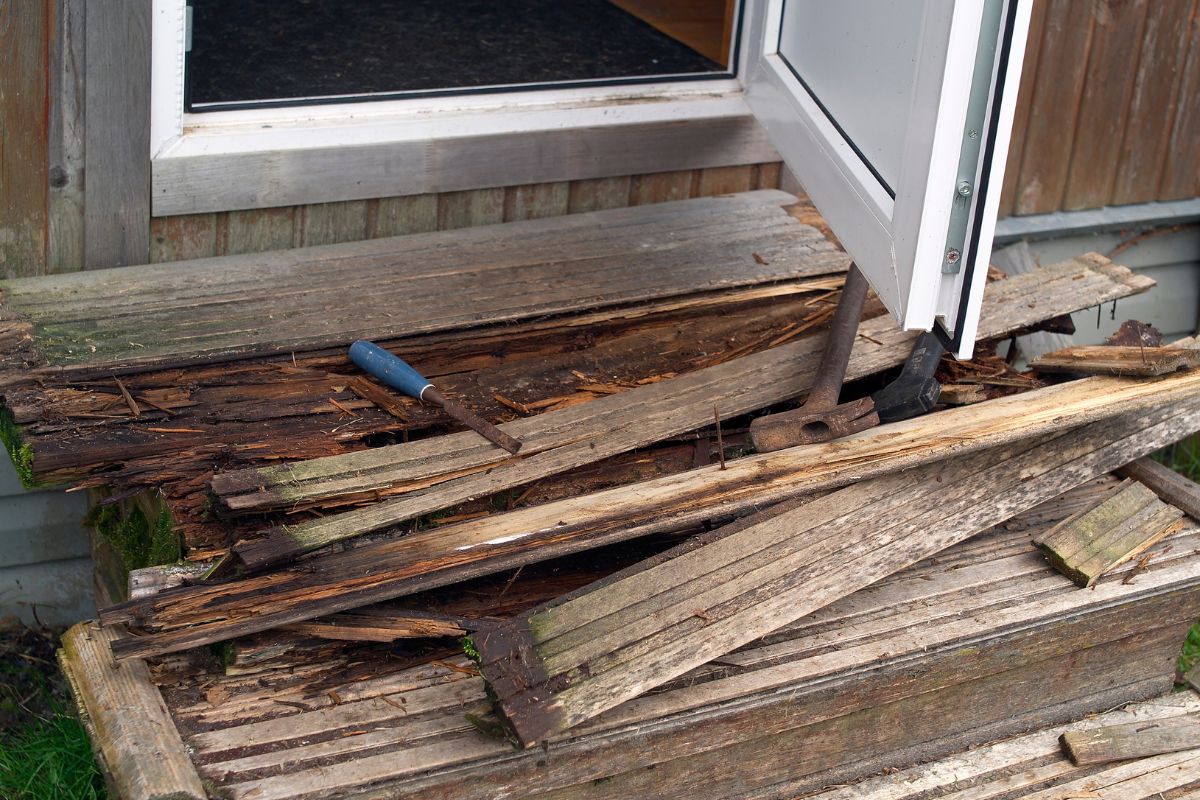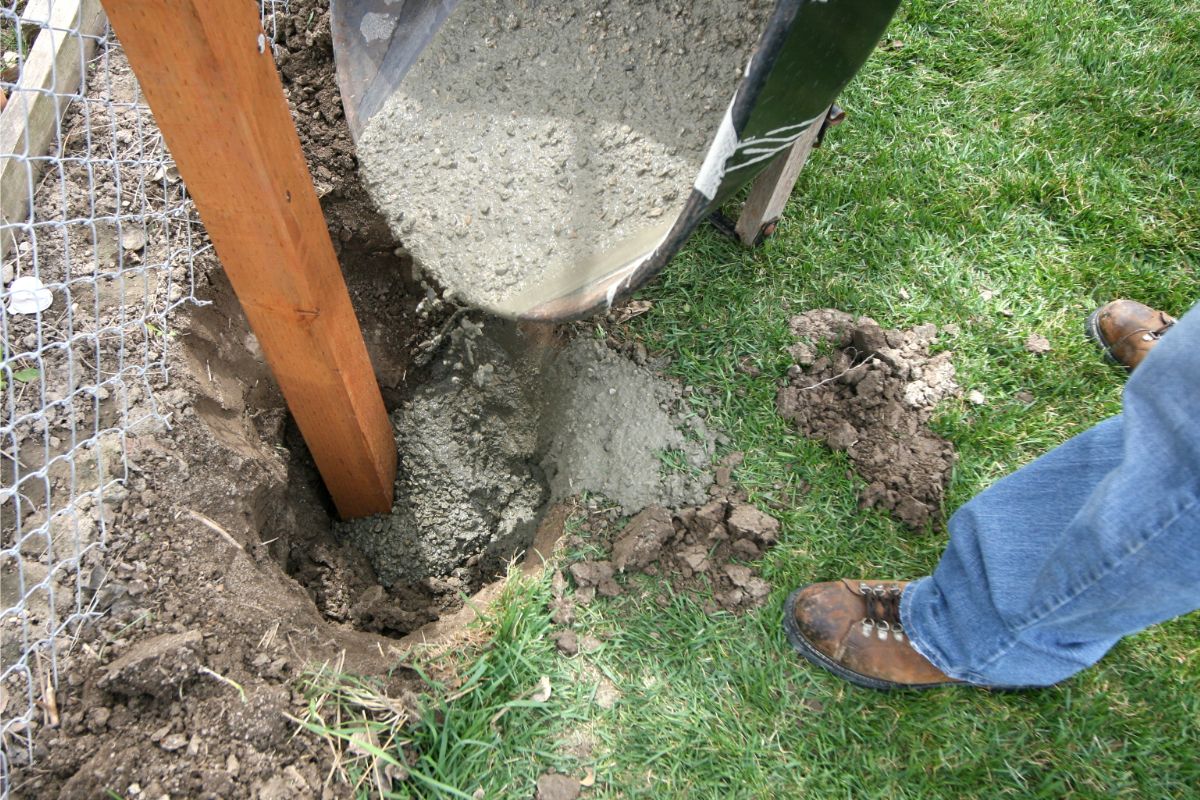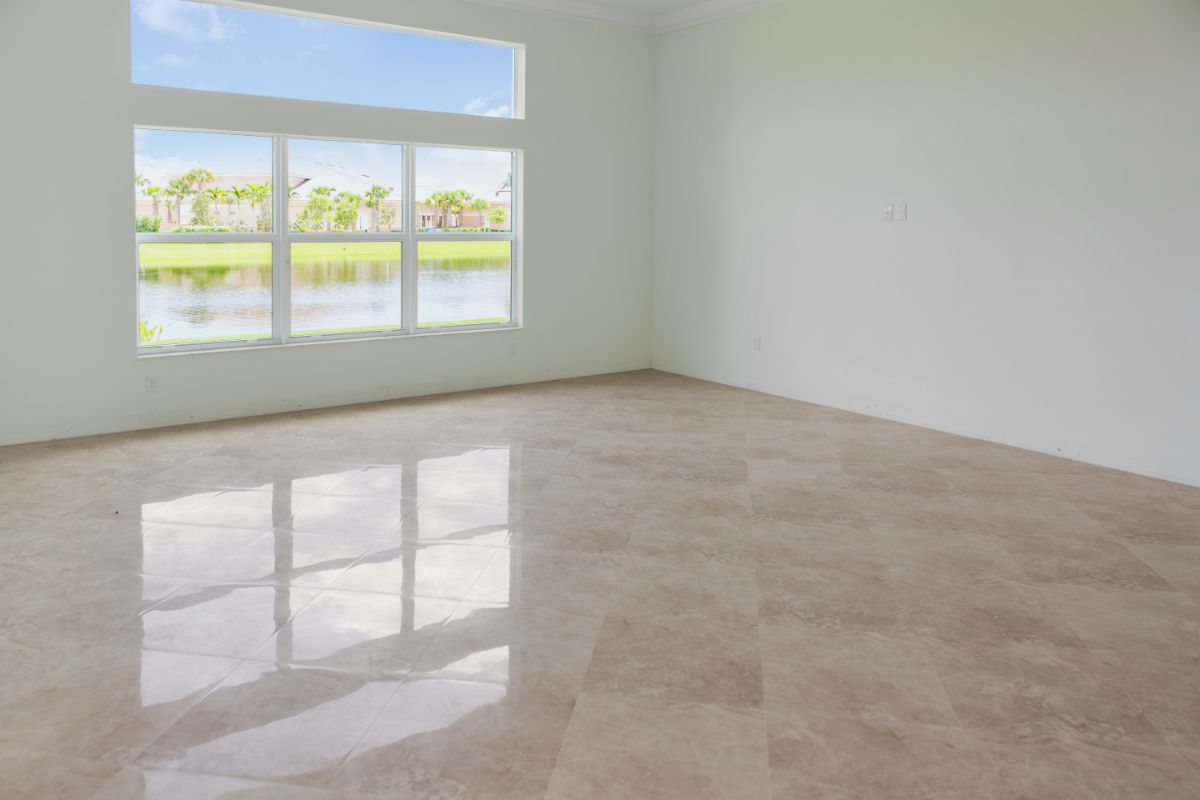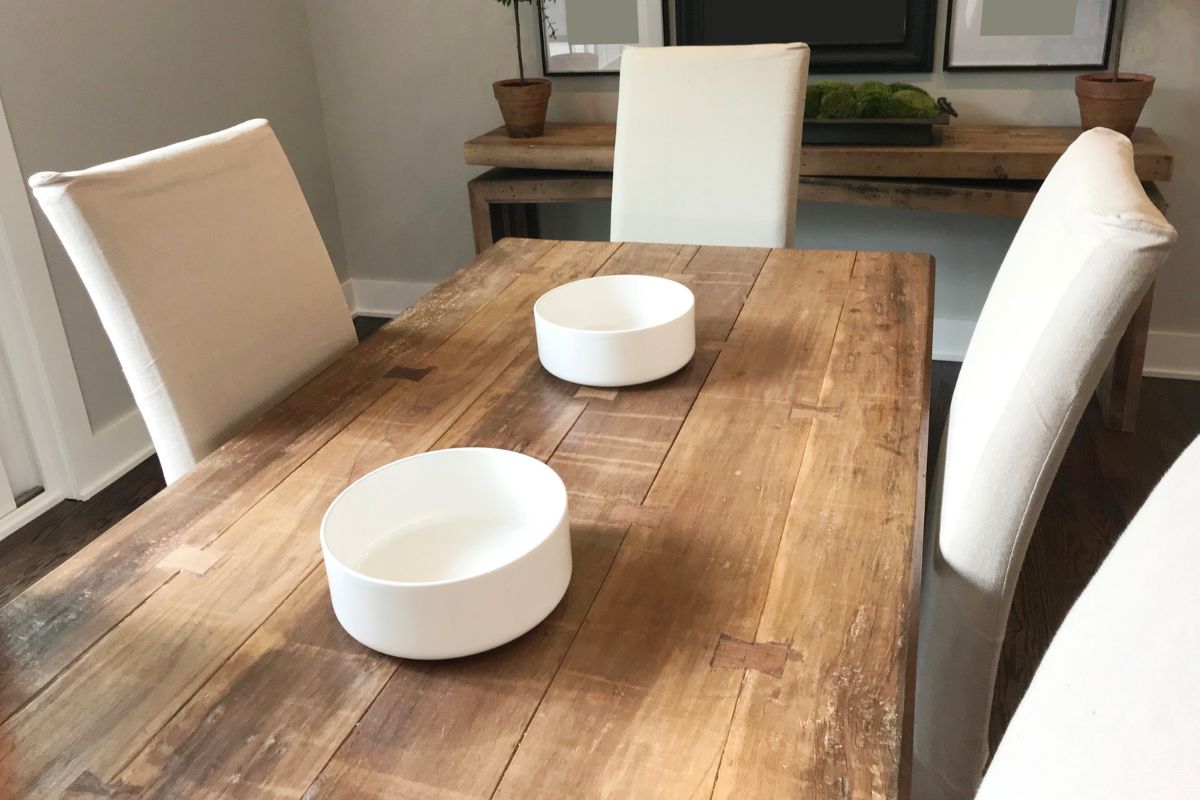Unfortunately, one of the most common areas of a house to start to rot will be fascia boards because of how exposed they are to wet conditions and this is usually what will lead to rotting.
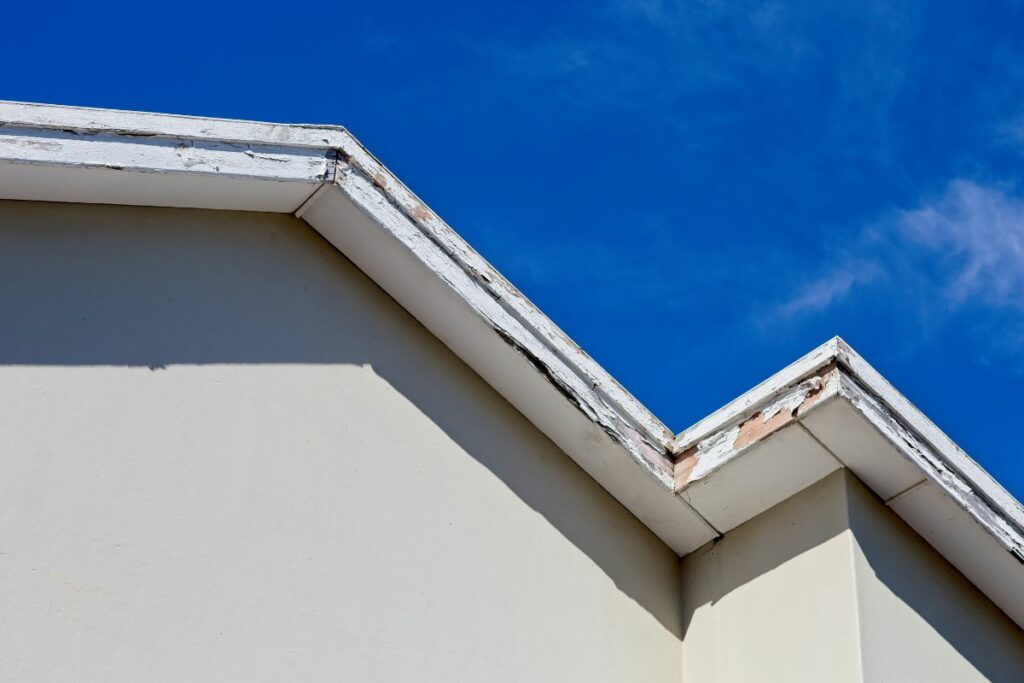
Because fascia boards are just under the roofline of the house, they are very susceptible to being penetrated by water as well as moisture. So, when these boards are getting soaked, their structural integrity starts to deteriorate quite quickly.
So, if you have run into this problem, it is likely that you want to fix it, and that is what this guide will teach you to do!
What should be taken into account however, is that this repair can be relatively dangerous due to how high fascia boards can be off the ground. Because of this you will need to make sure to take all proper safety precautions to avoid getting hurt.
So if you want to fix your rotted fascia boards, keep reading!
What Tools Will You Need?
Of course before starting a project like this, the most important thing to do is ensure that you have all the right tools. For this project you will need:
Best Tool Picks
For the circular saw you will need for this project, the best bet is to use a Makita magnesium circular saw as this is a high power and durable tool worth investing in.
If you do not own a hammer and want one that has been well reviewed, so you know it is high quality, you should choose to invest in the Estwing 16oz hammer.
Materials You Will Need
When it comes to the materials you will need for this project, you will want to use trim lumber which matches the area you will be fixing, or PVC since this will stop the same issue from arising again.
You will also need some 2 inch spiral shank nails, some siliconized latex caulk, as well as exterior primer to help finish the project.
How To Fix Fascia Board Rot
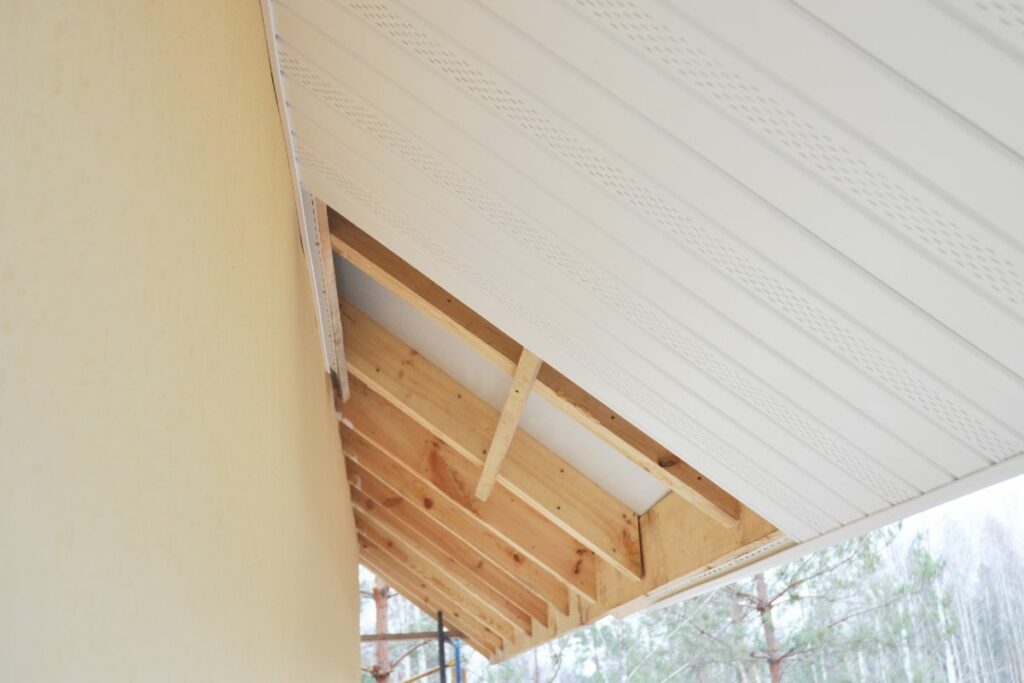
Once you have gathered all the materials and tools you will need, you should closely read through this guide to ensure you know everything that you will need to do so you can be confident going forwards with what you are doing.
If you do not feel qualified doing this project yourself, there is no shame in this, you also may not have enough time as well. If this is the case calling a professional to do the job is always a safe way to ensure good results.
Step 1 – Make Sure That You Actually Have Rot On Your Boards
Before you start tearing apart your fascia boards, you will want to make sure that you have correctly identified the rot.
This is because rot and discoloration often get mistaken for each other, and the process for fixing them are very different. Sometimes some spillover from your gutter or your roof can make a fascia board look a lot worse than it actually is.
If you are looking for actual rot, you should look out for dark cavities in the wood or the surface as well as any soft spots with an almost spongey texture.
If the wood has rotted it will have a pulpy and mushy texture and this is what you are looking to get rid of.
If you have correctly identified rot, the next step before any repairs is to work out where the water causing the rot is coming from.
Step 2 – Work Out Where The Water Is Coming From
Before fixing your fascia boards, you will need to work out just how they have gotten wet, and then how to stop this, so your repairs will not just get ruined again.
A very common cause of fascia boards getting damaged is having shingles which are either damaged or chipped. The most common place this will happen is in the lowest course of shingles on your house so check these first.
If the shingles are chipped and/or damaged you will want to get them replaced as soon as possible.
This is when you should also consider if you want to have a roofer add a drip edge onto your house to stop things like this from happening again. This drip edge is designed that watter will only go into your gutters.
Check The Gutters
When it comes to the most common source of dampness, it is very likely to be the gutters due to all the moisture they are holding.
If your gutters are not channeling their water supply properly they will end up getting clogged and will then spill over onto the house.
The best way to avoid something like this happening is to make sure your gutters are getting checked as well as cleaned regularly.
If your gutters are constantly causing issues like this in spite of regularly being fixed, you should contact a specialist and consider getting your gutter rehung and reinstalled to avoid issues like this.
Sometimes adding more downspouts will solve the issue to avoid the moisture getting leaked.
Once you have properly sourced the source of the moisture issues which are causing the rot and fixed them, you can move on to fixing the rot itself.
Step 3 – Remove The Fascia Board Which Has Rotted
The first step you should take to start getting rid of the fascia board is to use your utility knife to get rid of all seams as well as caulk lines which are surrounding the board you are removing.
This will make it so when you are removing the rotted fascia board you will not accidentally pull away a different component at the same time.
You can use your 6 in 1 painter’s tool to be able to pry the board from the wall gently starting at its base. You will want to work your way incrementally across your fascia board.
Pulling away either too fast or too hard will lead to poor results and will potentially make more damage.
Once you have a proper gap in between the boards on your wall you will want to increase the gap using a hammer for prying. Try not to damage the trim surrounding it as hammers can easily cause damage like this.
Tip
The most important thing to keep in mind when you are removing trim like this is to be very gentle and to avoid damaging pieces which are surrounding what you are working with.
It will be easy to help the board get free if you pull out the nails which are connecting it to the wall first. Using a cat’s paw tool will be very useful for this process.
Only Want To Replace Part Of The Board?
If only a specific section of your fascia board needs to be replaced you will want to make more controlled cuts along the trim using an oscillating multi-tool to make sure that you are only removing exactly what needs to be removed.
Replacing The Whole Board?
If you are replacing a whole board, try and get it out in one piece as it will make measurements easier, but if this is not possible, do not worry as you can work around this.
Step 4 – Examine If The Sub Fascia Has Rotted
Underneath the fascia board, you will be able to see your sub fascia and the framing lumber as it is now exposed. This can sometimes be just as badly rotted as the fascia board, but sometimes it will have been saved.
You will need to reframe this sub fascia if it is too badly damaged and make sure this is attached solidly before you move on with replacing the fascia boards.
What If The Sub Fascia Is In Good Shape?
Even if your sub fascia is in quite good shape you will still want to give it a good clean as you will not usually get the chance to be able to do this.
The most effective thing you can do is to get rid of any old caulk lines as well as paint globs which have accumulated. This is another place the multi-tool will be useful again.
Something else which can be done is to get rid of any fasteners which could be sticking from your sub fascia as these leftover nails will likely impede on your progress refitting the new fascia board. This should be easy to do using a nail puller.
Once you are sure that this area is clear from any potential obstructions, you can move onto the next stage.
Step 5 – Measure The Replacement Piece
This process will be easy if you were able to keep the removed piece in one piece, but if this piece is misfitting, you may just want to use it for a pattern to base your new board off of.
But this is not always going to be possible if you have destroyed the old board, this is when you will need to measure the gap instead and make a new pattern.
Sometimes making the measurements for a new piece can be awkward since fascia of course wraps around the house. So make sure you are not just getting the correct length, but also the correct shape.
What If The Board Is An Awkward Shape?
With some fascia boards, they will have a miter cut on either end, there are also fascia boards which will have compound cuts, this is because these boards will turn up on a roofline.
When cutting a fascia board it will help to visualize what this board is designed to do. For examples, maybe your board will need to have a square cut on one side and then a miter cut on the different side.
Make sure you know the result you are aiming for when you are working on this project.
Step 6 – Cut The New Fascia Board
One of the best pieces of advice we can give is to choose to replace your fascia boards with PVC instead of more wood. This is because these boards made from plastic and vinyl, as you can imagine, are immune to facing the effects of rot.
Since fascia boards are so vulnerable to water rot due to where they are placed, using PVC will save you a lot of effort in the future.
But maybe for the sake of consistency you want to use wood instead of PVC, you will want to ensure that you are at least going to be use good quality lumber for this project.
For example, try to get a clear pine in opposition to a knotty pine. You will also not want to try to use a board which features finger joints, this is because they are more likely to fail over time.
You will also want to make sure that your material will match the thickness of the fascia board.
When Making Your Cut
For making your cut, you will want to lay out the measurement you need and mark using your pencil. You will want to use your speed square to help you with this process.
You will want to make sure to keep in mind the shape you are aiming for as this will get you the best results.
If you want to get the best results when actually making the cut you will want to use a miter saw. You can of course use a circular saw if you prefer.
Step 7 – Attach Your New Board
Make sure to give your board a test fit before permanently adding it just so you are able to fix any mistakes which may arise.
Something About The Nails
For this project you will want to ensure that you are using galvanized nails which are exterior gram and used in exterior trim. The best nails for the job are in the tool list, but make sure that they will have a good grip and work outdoors.
Fastening The Board
After this all you need to do is fix your fascia board onto the sub fascia, this does not need that much pressure so do not worry too much about having to go overboard for it to stay attached.
The best guideline to follow is a high nail and then a low nail every couple of feet.
Step 8 – Finish Everything With Caulk
This is an easy and satisfying step which you should take to ensure that your results stay in place. Using caulk to seal up all the edges and seams will make your work look a lot better, but it will also make sure to further protect your board from any water damage.
Make sure to use an exterior grade caulk as well as you do not want it to deteriorate. Also using a caulking gun will make the job as easy as possible.
Takeaway
Hopefully this guide has given you all the information you need on how to replace your fascia boards if they have been damaged due to moisture. Using PVC as a replacement is recommended as it will save having to repeat the process.
- The Woodworkers Guide to Brad Nailers: Everything You Need to Know - September 25, 2023
- How To DIY An Aztec Garden Dining Table [The Easy Way] - October 18, 2022
- Farrow & Ball Pigeon: Is It Right For Your Home? - October 17, 2022

